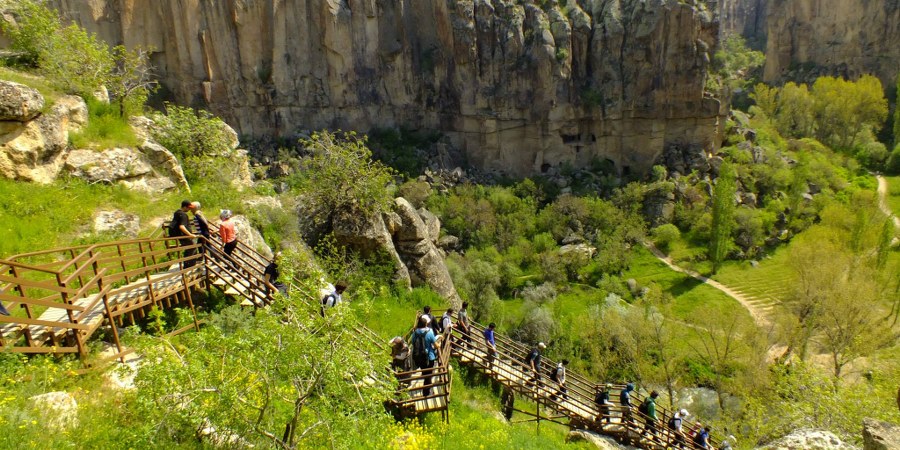Sorry, nothing in cart.
Archaic Period in Cappadocia
The Archaic churches of Cappadocia were built just after the Iconoclastic Period (Second half of the 9th and first half of the 10th century.) These make up 35% of the total. After the Iconoclastic period ended in 843, the monks began building many churches. They began with Pre-iconoclastic themes. The paintings on the walls and arches are about the childhood and life of Christ, the pictures following each other like a cartoon-film.

Paintings of the Archaic Period are almost on the same theme but different in style. Early Christian, Greco-Roman and Eastern influences can easily be differentiated. There are two essential types, the first one being a continuation of the 5th and 6th-century arts and the season one, the Macedonian Renaissance. The first type is the application of the Early Christian Art in the Archaic Period. We see examples of both in the church of St. John in Güllüdere and Tavşanlı Church near Ortahisar. Other examples are the old part of the Tokalı Church and the Church of the Holy Apostles in Sinasos. Travelers who want to see all of the churches that mentioned on this article can join our Cappadocia Tour. If you want to join our Cappadocia trip from Nevsehir or Kayseri Airports, you can take a look at Cappadocia Tour from Kayseri or Nevsehir Airports. All of these were painted by the same artists. Linear decoration is dominant in this kind of painting. St. Eustachius’ Church is striking with its character, the liveliness of the figures, and the harmony of the colors, with a stylized design. Sometimes it is argued that these frescoes belong to the Armenians, but no evidence of Armenian settlement in. Cappadocia is found yet. No Armenian church or painting is observable in the region. The existing ones are fairly recent. What is misinterpreted is the great similarity between some Armenian miniatures and Byzantine models. Byzantine Art reached its climax during the second half of the 10th century and the first half of the l1th-century. These made up the 10% of the total. The best two examples are the new part of the Tokalı Church and the Pigeon – House in Çavuşin (964-965). Here again the events of the paintings are of primary importance. In the apse Christ is represented as a prophet with a group of angels beside him. The angel paintings of that period exactly reflect the 10the century Byzantine Art.

Leave a Reply